Top Free Remote Desktop Tools
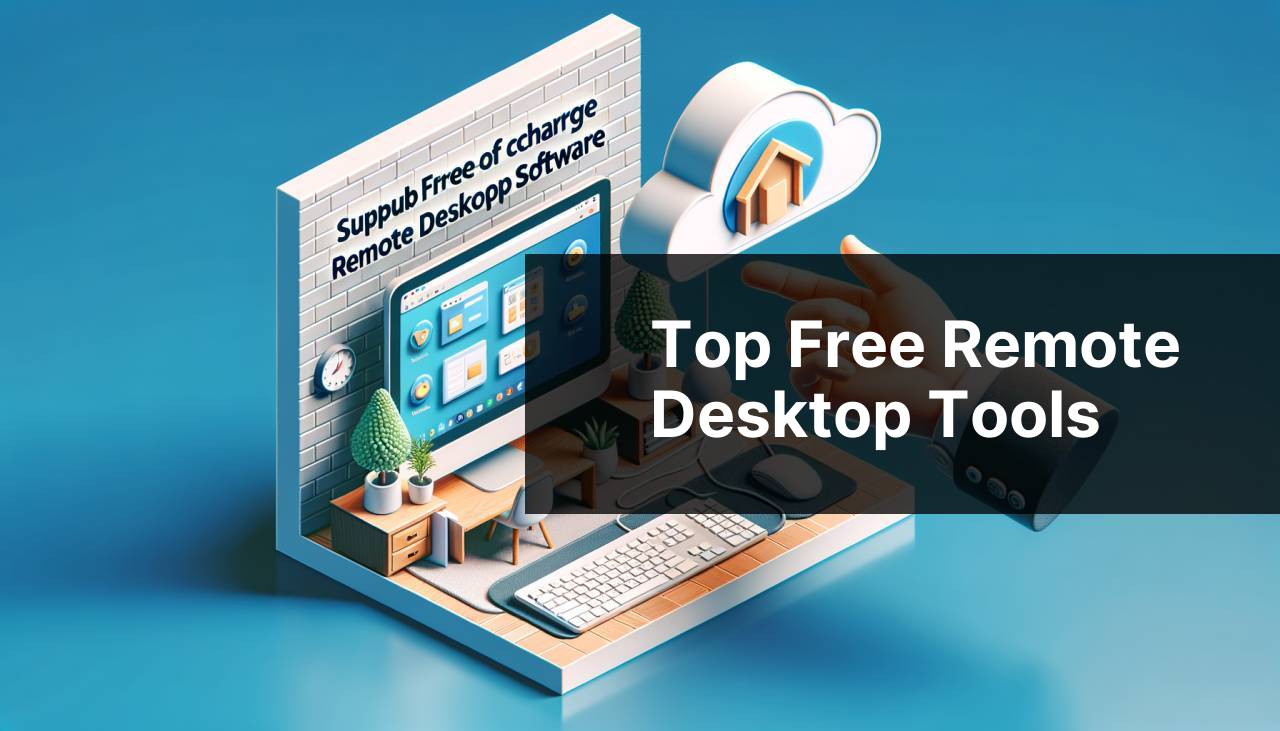
Working from home, collaborating with globally distributed teams, or troubleshooting a family member’s computer has never been easier, thanks to various free remote desktop software options available today. Remote desktop software allows users to connect to and control a computer remotely as if they were physically present. These tools can enhance productivity, streamline support, and improve collaboration across distances. This article explores the best free remote desktop software, providing insights into their features, pros, and cons to help you make an informed decision. Before diving in, let’s clarify when and why you would need a remote desktop solution. This will guide you in selecting the right option for your specific needs. Whether it’s for IT support, remote work, or simple file sharing, the right tool can make a significant difference. Keep reading to discover the top picks and my firsthand experience with them.
HelpWire
HelpWire stands out as an excellent choice for remote desktop solutions. This user-friendly application offers robust features designed to enhance remote IT support and collaboration. With secure connections and a simple interface, it ensures a seamless user experience. The flexibility and cross-platform compatibility make it ideal for diverse needs.
Pros
- Strong security protocols
- Highly intuitive interface
Cons
- Limited features in the free version
- Requires a stable internet connection
TeamViewer
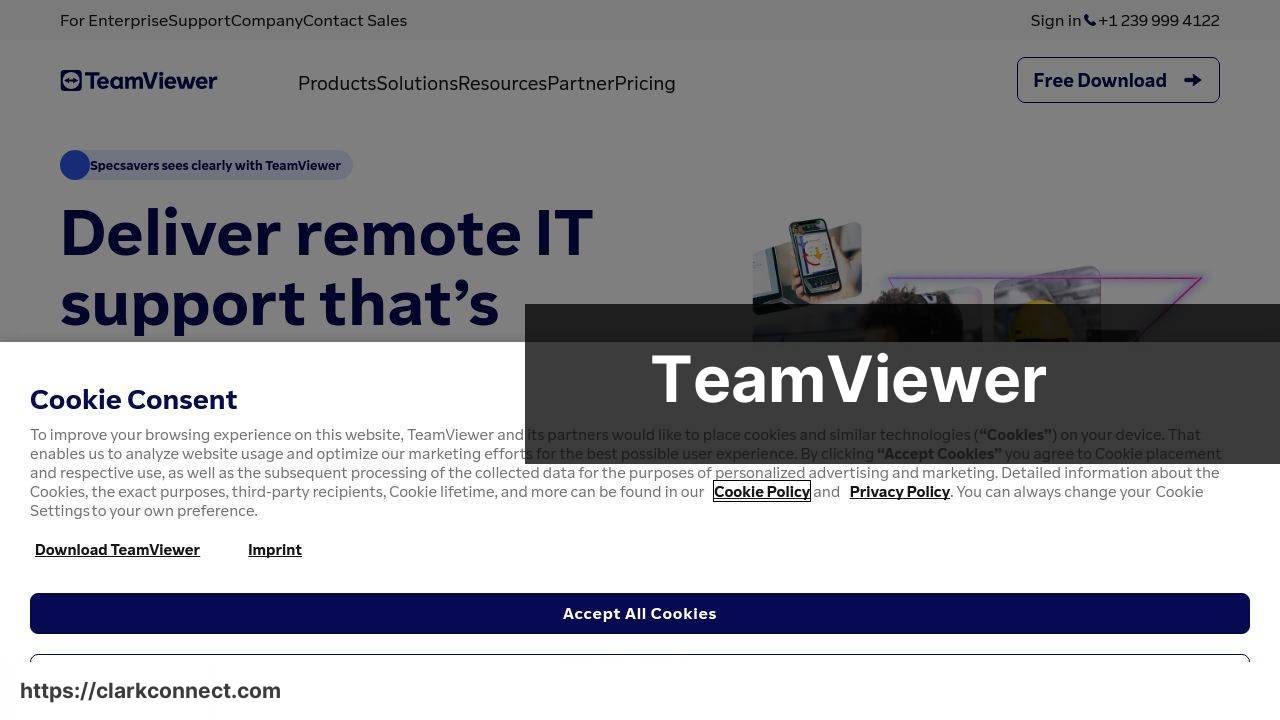
TeamViewer is one of the most popular remote desktop tools, commonly used for remote access, support, and collaboration. It supports a wide range of operating systems and devices, ensuring accessibility for all users. TeamViewer is known for its high security standards and reliable performance.
Pros
- Wide compatibility with devices
- High security features
Cons
- Can be complex for beginners
- Free version has usage limitations
AnyDesk
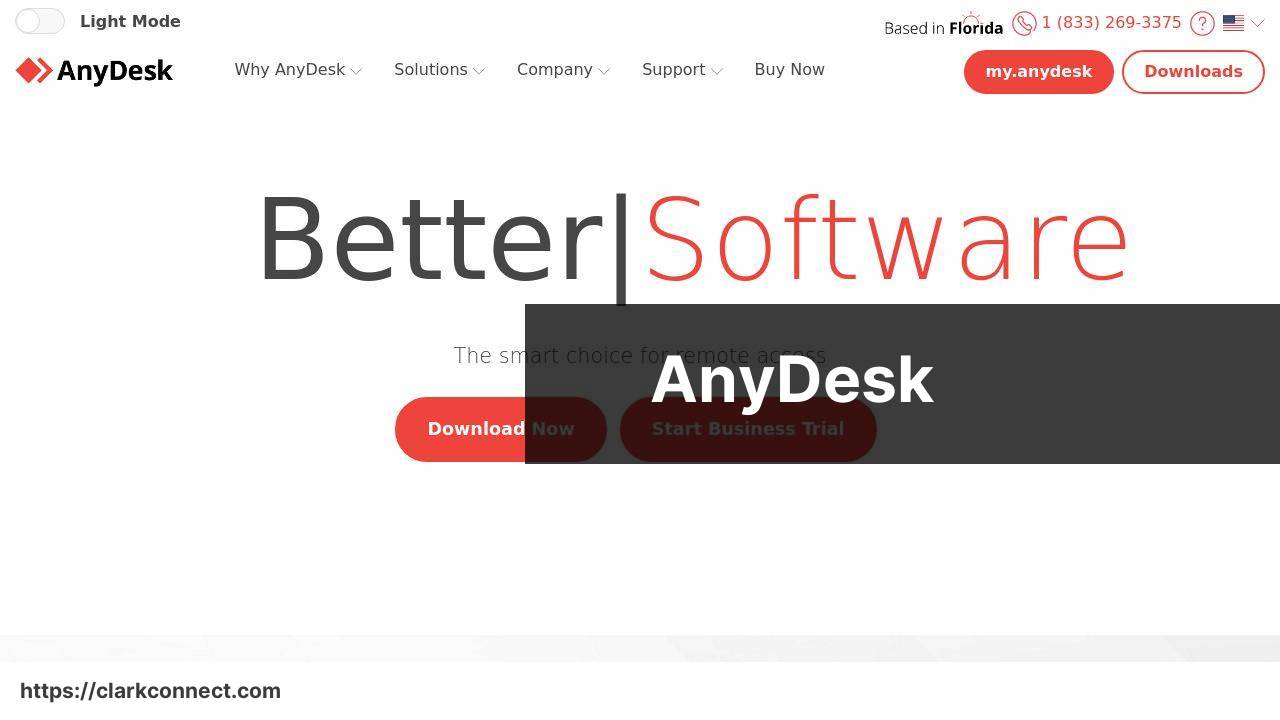
AnyDesk provides a lightweight and versatile solution for remote desktop connections. Its simple setup and fast performance make it a favorite for many. AnyDesk supports a variety of platforms and offers secure and responsive connections, ideal for remote support and collaboration.
Pros
- Fast and responsive connections
- Easy to set up and use
Cons
- Limited support for multiple monitors
- Free version lacks some premium features
Chrome Remote Desktop
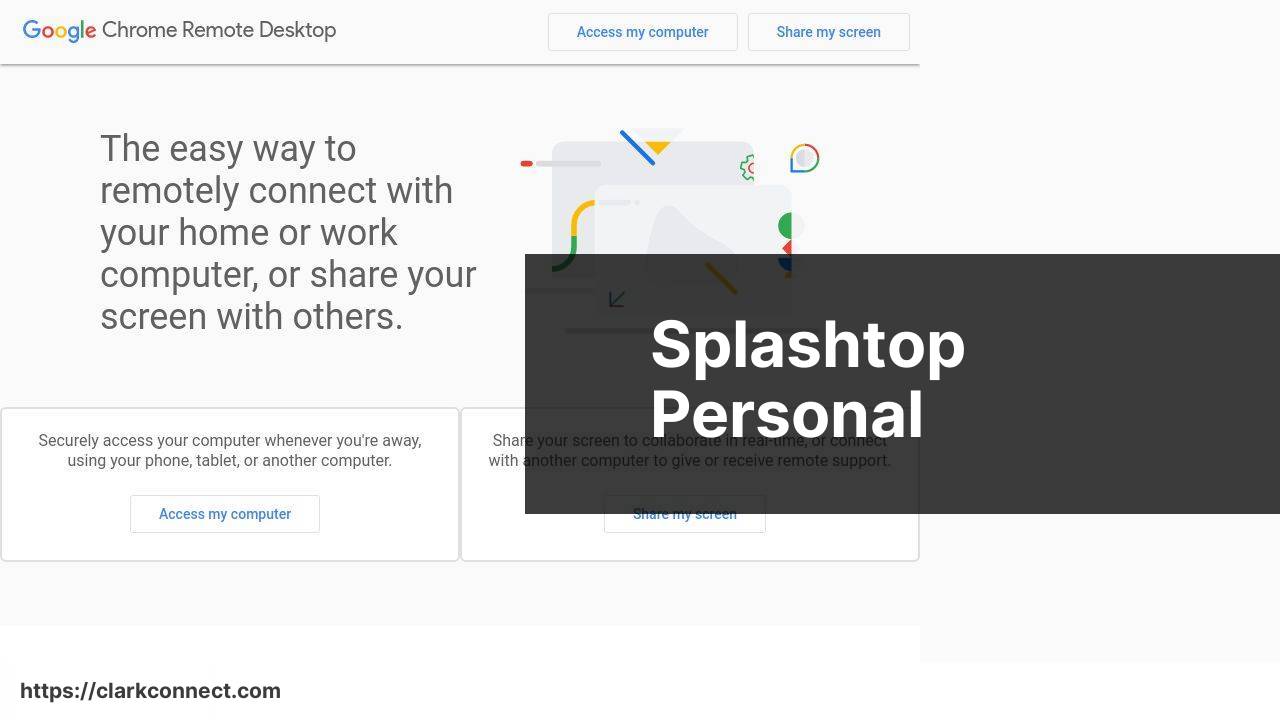
Chrome Remote Desktop is a convenient and accessible solution for remote desktop needs. Offered by Google, it allows easy connections through the Chrome browser without the need for additional software. This tool is best suited for users seeking a simple and efficient solution.
Pros
- Easy to set up and use
- No additional software downloads needed
Cons
- Limited features compared to other tools
- Requires a Google account
Splashtop Personal
Splashtop Personal offers a user-friendly experience for personal use, enabling remote access to a computer from various devices. Its high-definition streaming and easy setup make it a practical choice for remote work and accessing media.
Pros
- High-definition streaming
- User-friendly interface
Cons
- Limited to personal use
- Some features require paid versions
Remote Utilities
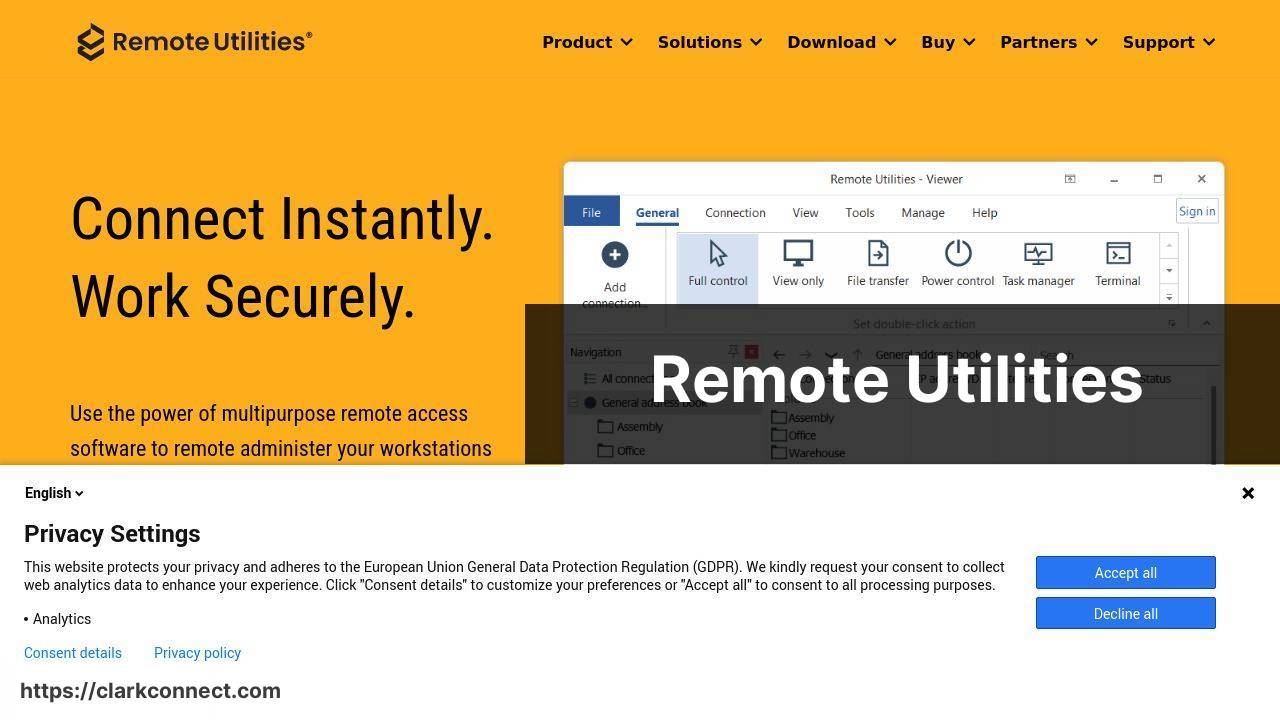
Remote Utilities is a comprehensive remote desktop tool that offers a range of features such as file transfer, remote installation, and unattended access. It’s a robust solution for both personal and professional use, providing flexibility and secure connections.
Pros
- Extensive feature set
- Reliable security standards
Cons
- Complex interface for beginners
- Limited features in the free version
Watch on Youtube: Top Free Remote Desktop Tools
Conclusion:
Choosing the right remote desktop software is critical for seamless remote access, IT support, and collaboration. The tools discussed earlier—HelpWire, TeamViewer, AnyDesk, Chrome Remote Desktop, Splashtop Personal, and Remote Utilities—are reliable options with unique strengths and weaknesses. For a more detailed comparison, you can check out this Free remote desktop apps review on LinkedIn, where I highlight additional insights and performance metrics.
HelpWire deserves special mention for its intuitive interface and robust security protocols, despite some limitations in the free version. The importance of security can’t be stressed enough—especially when dealing with sensitive data. That’s why many users favor HelpWire for its encrypted connections and secure data transfers.
For those seeking wide compatibility with various devices and operating systems, TeamViewer and AnyDesk are excellent choices. Both platforms offer strong security features and responsive connections, essential for both professional and personal use. If you prefer a solution that integrates smoothly with your existing Google ecosystem, Chrome Remote Desktop is worth considering. It requires minimal setup and offers a user-friendly experience, although it lacks some advanced features found in other tools.
Finally, if you’re looking for high-definition streaming and ease of use for personal purposes, Splashtop Personal stands out. It’s ideal for remote creative work or accessing media files. On the other hand, Remote Utilities is tailored more toward power users who need advanced functionalities like file transfer and remote installation.
Several factors should guide your decision: security, ease of use, compatibility, and specific feature sets. Remember to always connect through secure networks and use the latest software versions to protect your data. Familiarizing yourself with the tool’s capabilities can also help you get the most out of it.
For more in-depth reviews, tips, and software comparisons, you might also be interested in exploring Remote Blog or TechCrunch’s Remote Work Section, which offer a wealth of information on remote working tools and best practices.
FAQ
What are the benefits of using the best free remote desktop software?
Free remote desktop software offers enhanced productivity, allows remote work flexibility, provides easy access to files, and supports multi-device connectivity. It's a cost-effective solution for businesses and individuals.
Which free remote desktop software is best for personal use?
For personal use, Chrome Remote Desktop and AnyDesk are top choices due to their simple interfaces, secure connections, and cross-platform support. They are easy to set up and use.
Are there free remote desktop tools for business use?
Yes, businesses can utilize Zoho Assist and Splashtop for remote assistance, efficient team collaboration, and troubleshooting. Both offer free plans with essential features ideal for small to medium-sized enterprises.
Do free remote desktop software options support file transfer?
Many free options, such as TeamViewer and AnyDesk, support file sharing and transfer, allowing seamless movement of files between connected devices during remote sessions.
Is it secure to use free remote desktop software?
Yes, most reputable free remote desktop software uses encrypted connections and multi-factor authentication to ensure security. For added safety, employing strong passwords and regular software updates is recommended.
Can I use free remote desktop software for multiple devices?
Yes, several free options like Chrome Remote Desktop and SupRemo support connections to multiple devices, allowing users to control multiple computers from one interface.
How user-friendly are free remote desktop applications?
Most free remote desktop applications are designed with user-friendliness in mind. They feature intuitive interfaces, step-by-step setup guides, and responsive customer support to assist users at any skill level.
Are there any limitations to free remote desktop software?
Free versions often have limitations such as session time restrictions, reduced features, and limited customer support. Upgrading to paid plans can unlock more advanced features and extended usage.
Where can I find the best free remote desktop software?
What features should I look for in free remote desktop software?
Key features to consider include cross-platform compatibility, ease of use, security protocols, file transfer capabilities, and the ability to share screens or collaborate in real-time.
